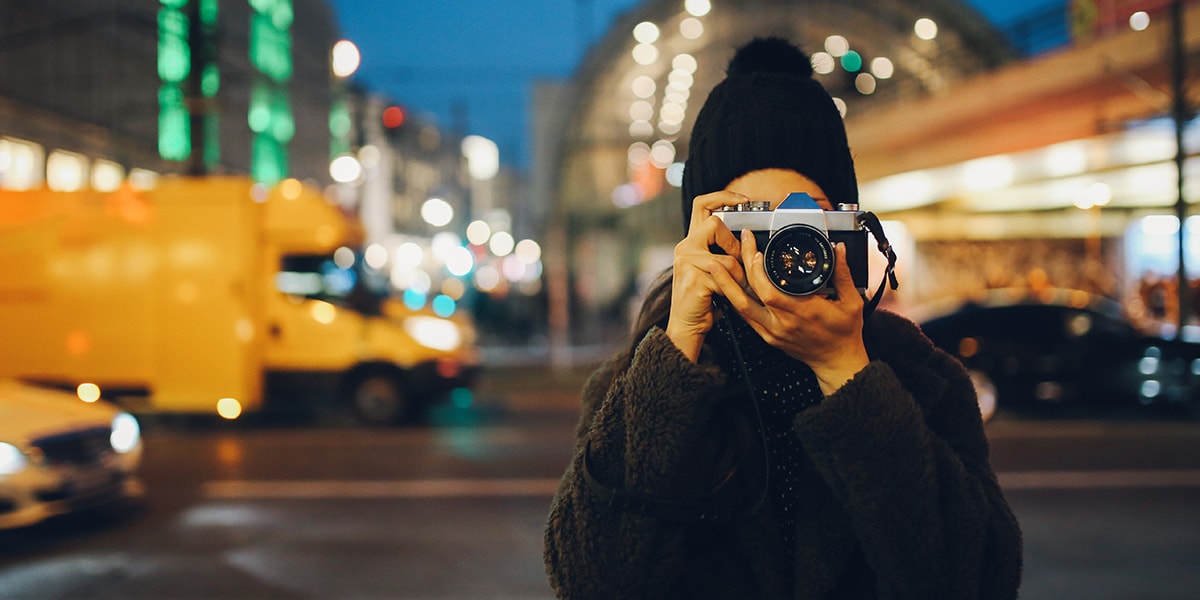Some Ideas on Framing Streets You Need To Know
Our Framing Streets Statements
Table of ContentsThe Single Strategy To Use For Framing StreetsGetting The Framing Streets To WorkThe 10-Minute Rule for Framing StreetsFraming Streets for DummiesThe 4-Minute Rule for Framing StreetsExcitement About Framing Streets
, generally with the purpose of catching pictures at a crucial or emotional moment by cautious framing and timing. https://profile.hatena.ne.jp/framingstreets1/.Framing Streets for Beginners
Susan Sontag, 1977 Street digital photography can concentrate on people and their behavior in public. In this regard, the street photographer resembles social docudrama photographers or photographers who also function in public areas, but with the purpose of capturing relevant occasions. Any one of these photographers' images may catch people and property visible within or from public locations, which typically requires browsing moral issues and legislations of personal privacy, safety and security, and building.
Depictions of everyday public life create a style in nearly every duration of world art, starting in the pre-historic, Sumerian, Egyptian and early Buddhist art periods. Art managing the life of the road, whether within sights of cityscapes, or as the dominant concept, appears in the West in the canon of the Northern Renaissance, Baroque, Rococo, of Romanticism, Realism, Impressionism and Post-Impressionism.
Not known Factual Statements About Framing Streets
Louis Daguerre: "Boulevard du Temple" (1838 or 1839) In 1838 or 1839 the first photograph of figures in the street was videotaped by Louis-Jacques-Mand Daguerre in among a set of daguerreotype sights extracted from his studio home window of the Boulevard du Temple in Paris. The 2nd, made at the elevation of the day, shows an uninhabited stretch of road, while the other was taken at concerning 8:00 am, and as Beaumont Newhall records, "The Blvd, so frequently full of a moving crowd of pedestrians and carriages was flawlessly singular, except an individual who was having his boots cleaned.
His boots and legs were well defined, yet he is without body or head, because these were in activity." Charles Ngre, waterseller Charles Ngre. https://folkd.com/profile/framingstreets1 was the very first digital photographer to obtain the technological sophistication called for to sign up people in motion on the street in Paris in 1851. Professional Photographer John Thomson, a Scotsman dealing with journalist and social protestor Adolphe Smith, published Road Life in London in twelve month-to-month installments starting in February 1877
The Facts About Framing Streets Uncovered
Eugene Atget is considered as a progenitor, not since he was the first of his kind, however as an outcome of the popularisation in the late 1920s of his document of Parisian roads by Berenice Abbott, who was influenced to take on a comparable documents of New york city City. [] As the city developed, Atget assisted to promote Parisian roads as a worthwhile subject for digital photography.

The Main Principles Of Framing Streets
Martin is the initial tape-recorded digital photographer to do so in London with a masked electronic camera. Mass-Observation was a social study organisation founded in 1937 which aimed to tape-record day-to-day life in Britain and to tape the reactions of the 'man-in-the-street' to King Edward VIII's abdication in 1936 to marry separation Wallis Simpson, and the sequence of more George VI. The chief Mass-Observationists were anthropologist Tom Harrisson in Bolton and poet Charles Madge in London, and their very first report was created as guide "May the Twelfth: Mass-Observation Day-Surveys 1937 by over 2 hundred onlookers" [] Home window cleaner at Kottbusser Tor, Berlin, by Elsa Thiemann c. 1946 The post-war French Humanist School professional photographers found their subjects on the street or in the restaurant. In between 1946 and 1957 Le Groupe des XV annually showed job of this kind. Andre Kertesz. Circus, Budapest, 19 May 1920 Road digital photography formed the significant material of two exhibitions at the Museum of Modern Art (Mo, MA) in New york city curated by Edward Steichen, 5 French Photographers: Brassai; Cartier-Bresson, Doisneau, Ronis, Izis in 1951 to 1952, and Post-war European Digital Photography in 1953, which exported the concept of road photography worldwide.

Framing Streets Fundamentals Explained
, after that a teacher of young kids, associated with Evans in 193839.'s 1958 publication,, was considerable; raw and frequently out of focus, Frank's images examined traditional digital photography of the time, "tested all the official guidelines laid down by Henri Cartier-Bresson and Pedestrian Evans" and "flew in the face of the wholesome pictorialism and wholehearted photojournalism of American publications like LIFE and Time".